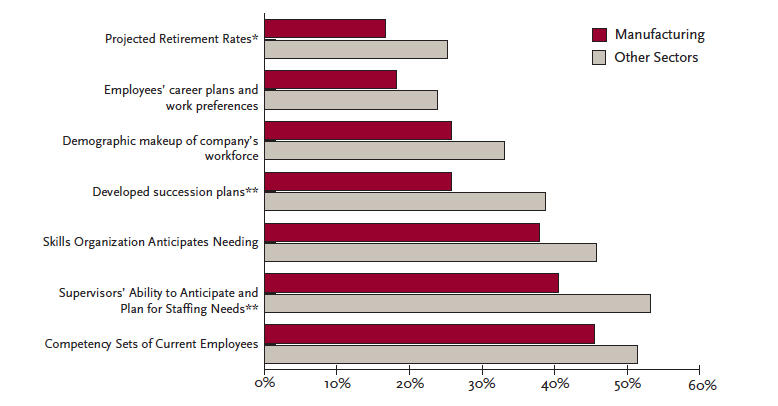Manufacturing Innovation Blog
Powered by the Manufacturing Extension Partnership

On January 8, 2013, The Washington Post newspaper posted an article about 3D printing and its enormous potential to change the way products are manufactured. Noting the 3D printer’s small size (that of a microwave) and affordable cost ($1500), the author speculates about the societal changes this innovation will engender. Carl Howe, the head of consumer research at Yankee Group, believes 3D printers will soon gain the interest of small businesses, colleges and consumers – not the customary businesses we think of for manufacturing goods. These disparate groups, he believes, will be able to prototype and manufacture products with much greater ease and fewer costs than traditional manufacturers can now, spurring a new manufacturing business model. And if you have been following the MEP blog, you know that 3D printing and additive manufacturing are considered to be disruptive technologies and are expected to have a colossal influence on existing manufacturing businesses.
But Andrew McAffee, the principal research scientist at MIT’s Center for Digital Business, worries that this new method of production may have a profound impact on the manufacturing workforce, saying “A more productive society is good news, and it allows us to have greater variety and choices [but] what concerns me are the labor-force consequences of such astonishing changes.”
Mr. McAffee provides an interesting perspective about the workforce consequences brought about by new technologies. Technology, and the pace of change, has a direct impact on the training and workforce needs of organizations as well as how employees will need to respond throughout their careers. To best position themselves, businesses, as well as education providers, must be sure to carefully analyze technology trends, as well as workforce trends, to ensure that employees are prepared for future work. Unfortunately, a survey from the Sloan Center on Aging and Work at Boston College shows manufacturers behind the curve when considering what skills will be needed by employees and what to do about the changing demographics of their workforces (Millennials, Gen Xers and Baby Boomers all together!).

Though this chart reflects some real challenges; turning the tables may not be as difficult as it seems. NIST MEP has been working for decades with manufacturers, helping them understand how important business issues, such as commercialization, sustainability, innovation, growth, and workforce development, are evolving. By virtue of its national network, NIST MEP has access to manufacturing initiatives across all 50 states and can demystify the trends and what they mean, bottom-line. Armed with an understanding of what’s happening in real time, manufacturers can become more secure in projecting the workforce skills necessary for their continued competitiveness. Additionally, by working closely with academic institutions, manufacturers can help educators understand the skills students need to learn if they want to work in 21st century manufacturing.
Developing a manufacturing workforce with the right skills isn’t a turnkey process – manufacturers will have to plan and manage strategically to attract the talent needed for growth and success. This can be a real differentiator for businesses towards establishing competitive advantage. As the manufacturing landscape continues to change, it will always need plenty of smart and talented people to be successful.
About the author
Related Posts
Comments
- Reply

